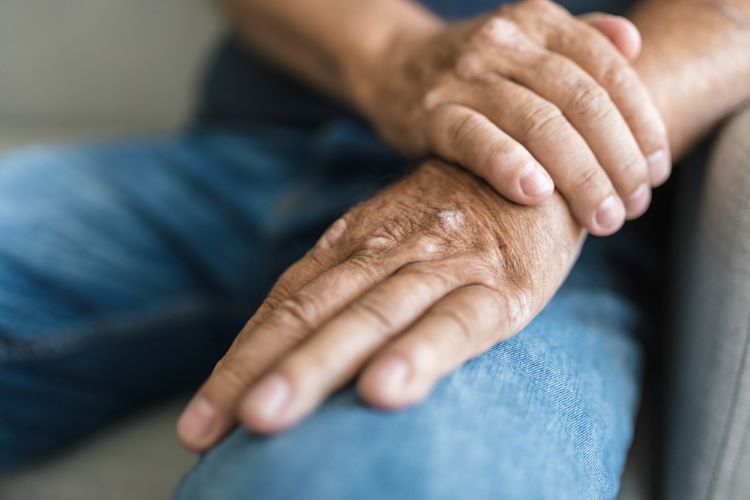Early efficacy of arthritis therapy predicts long-term benefits
Posted: 14 November 2022 | Catherine Eckford (European Pharmaceutical Review) | No comments yet
Tremfya® trial analysis showing early skin and enthesitis response for active psoriatic arthritis could indicate long-term clinical response including disease remission.


Janssen’s post-hoc analysis for its Phase III programme (NCT03158285) evaluating Tremfya® (guselkumab), the first fully human selective interleukin (IL)-23 inhibitor for moderate to severe plaque psoriasis (PsO) and adults with active psoriatic arthritis (PsA), predicted longer-term response due to early skin and enthesitis response.
Active psoriatic arthritis trial analysis
At week 24, early skin response was associated with a greater chance of achieving minimal disease activity (MDA), Disease Activity in PSoriatic Arthritis (DAPSA), low disease activity (LDA), DAPSA remission and DAPSA50.
Patients with baseline PsO and enthesitis were observed as being more likely to achieve clinical response (MDA, DAPSA LDA, DAPSA50, DAPSA remission) than patients who had individual responses to these domains.
Early entheseal response was associated with greater odds of achieving MDA, DAPSA LDA, DAPSA50 and resolving enthesitis (inflammation where tendons and ligaments meet bone) or dactylitis (swelling of fingers or toes).
DAPSA remission was achieved by more patients who gained early entheseal response, yet this was only a significant finding at week 52.
Another post-hoc analysis revealed patients sustained several PsA disease control endpoints over two years, including MDA, skin clearance (IGA 0) and resolution of dactylitis.
Sustained achievement of stringent endpoints across key Group for Research and Assessment of Psoriasis and Psoriatic Arthritis (GRAPPA)-recommended domains, including ACR50 and ACR70, IGA 0, dactylitish and enthesitis resolution and MDA, seen across a diverse variety of baseline demographics (sex, body mass index [BMI]) and disease characteristics (swollen joint count, tender joint count, PsA duration, C-reactive protein, Body Surface Area, Psoriasis Area and Severity Index.
Long-term efficacy
At week 100, the measure for long-term efficacy, sustained achievement of stringent endpoints was observed across all domains (MDA, IGA 0 and resolution of dactylitis), regardless of whether concomitant therapies (nbDMARDs and methotrexate [MTX]) were used.
No consistent differences were observed in responsive patients across patient subgroups of adequate sample size or between doses.
Tremfya®, the US-adult-approved therapy demonstrated disease remission at week 52.
“These analyses… give us greater insight into the potential for Tremfya® to provide long-term efficacy across multiple stringent disease control endpoints in diverse patient groups with PsA,” commented Dr Terence Rooney, Vice President, Rheumatology and Maternal-Fetal Immunology Disease Area Leader at Janssen Research & Development.
The analyses were presented at the 2022 American College of Rheumatology (ACR) Convergence meeting.
Related topics
Big Pharma, Biologics, Biopharmaceuticals, Clinical Development, Clinical Trials, Drug Development, Drug Safety, Therapeutics









